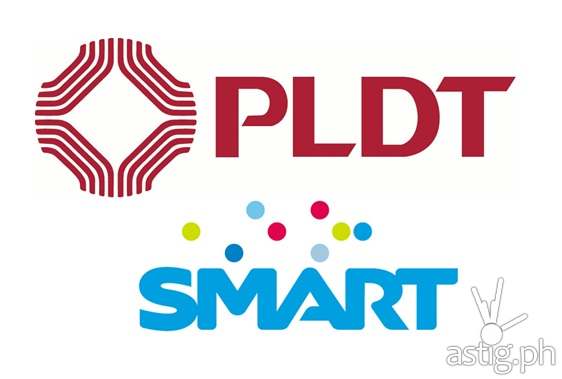MANILA, Philippines – Smart Communications will start using this year the 700 MHz frequency as part of the accelerated deployment of its LTE (Long-Term Evolution) service, in order to more quickly deliver faster, more reliable and affordable Internet services throughout the country.
“Our strategy has two legs. First is the network. Deploying LTE on 700 MHz combines a powerful frequency with the most advanced mobile phone technology,” said Joachim Horn, PLDT and Smart chief technology and information advisor. “Combined with other frequency bands, LTE on 700 MHz will help expand the coverage and enhance the capacity of our data network at a faster pace.”
“Second are the devices. We have been holding discussions with device manufacturers so that more affordable LTE smartphones and tablets using 700 MHz will soon be available in the country. This combination of advanced network and devices will enable allow us to provide the best digital experience to our customers across the country,” he said.
The low-band 700 MHz has a longer range and provides better indoor coverage than high band frequencies. Smart gained access to this and other additional frequencies when Smart’s parent company PLDT recently acquired 50% of the telecoms business of San Miguel Corporation.
LTE is the fourth-generation (4G) mobile phone technology that currently provides the fastest wireless data service commercially available.
About 45%, of the subscribers of PLDT’s wireless brands Smart and Sun are now using smartphones, up from only 30% last year. The majority of these are 3G/HSPA handsets, but the number of LTE handsets is rising fast as the range of available models increases and the handset prices decline.
Globally, according to UK-based global analyst company CCS Insight, LTE devices shipped rose from 443 million in 2014 to 900 million in 2015. This year, LTE-capable devices are expected to account for half of all smartphone shipments worldwide, further rising up to about three quarters of the global market by 2020.
“As LTE devices become more affordable and accessible, we are at the same time stepping up our efforts to deploy our LTE service using the most efficient set of frequencies,” Horn added.
Smart is currently in the middle of a three-year network improvement program that includes a number of simultaneous initiatives. One activity aims to synergize the mobile phone networks of Smart and Sun in order to improve the coverage and service quality for subscribers of both brands. Another initiative is expand the roll out of Smart’s 3G and 4G services.
In yet another activity, Smart has introduced to the country the next stage of development of LTE called LTE-Advanced (LTE-A), also referred to as 4.5G. Last April, Smart fired up the country’s first 4.5G service in the resort island of Boracay, using a feature of LTE-A called carrier aggregation.
Through carrier aggregation, LTE-A combines two or more frequency bands to deliver bigger bandwidth to mobile phone users. This is like putting together several lanes of a highway so that vehicular traffic can flow more freely and at a faster rate. Using Samsung handsets capable of carrier aggregation, Smart posted data speeds of up to 250 Mbps in Boracay.
“This technology will help address the increasing demand for LTE and high-speed mobile data,” Horn said.
Smart’s drive to boost data coverage and capacity across the country forms a major part of the PLDT Group’s capital expenditure program. PLDT has set aside about P43 billion in total capex for 2016. It has allocated an additional US$100 million for to utilize the additional frequencies now available to Smart as a result of the recent acquisition of San Miguel telecoms business.


